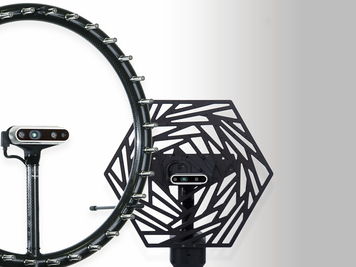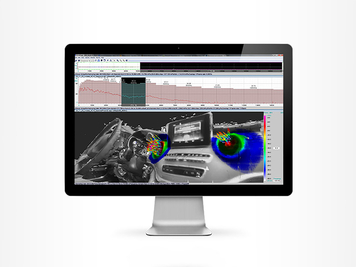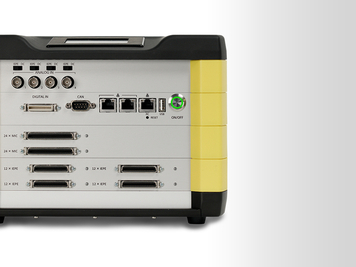Every measurement is subject to noise which influences the analysis negatively. In beamforming, the noise of the measurement microphones manifests itself, for example, by a reduction of the signal-to-noise ratio (dynamic range) and the appearance of “ghost sound sources”.
The causes of noise can be diverse.
Internal:
- Electrical noise (caused by the measurement chain itself)
- Thermal noise (due to temperature influences)
External:
- General background noise at the measurement site
- Friction of the air molecules on the microphone diaphragm (air motion)
The internal noise can be reduced by the right choice of measurement chain and high quality microphones but can never be completely avoided. This is especially important to be considered when using microphone arrays where the noise is a trade-off between low-cost solutions and a high number of microphones at the same time. This is the case, for example, when using MEMS microphones.
When raising the number of microphones as to many as possible, noise can be reduced by averaging. The rule here is that doubling the number of microphones halves the influence of the noise. The external noise generated by air movement at the microphone diaphragm plays a decisive role especially in beamforming measurements in wind tunnels or in windy outdoor conditions. In such cases, the microphone array is located in or at the edge of flow areas such as shear layers or boundary layers and is influenced by corresponding (air) turbulence.




